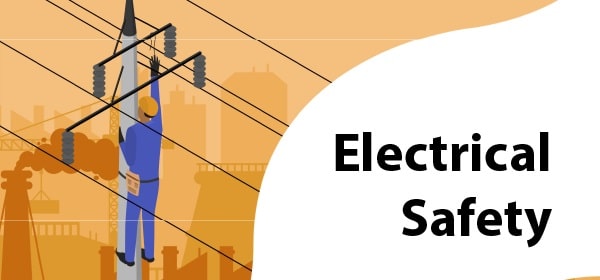Any workplace that includes electrical equipment is prone to electrical arc flashes, which can lead to devastating injuries, potentially fatal ones, to employees. As a result, employers should always prioritize the health and well-being of their employees by conducting regular electrical safety training sessions.
An intensive electrical safety training program, like the ones outlined by Facility Results, is vital in mitigating those risks and creating an ideal working environment. We’ll explore the key elements of a training program here, including conducting an arc flash analysis, understanding regulatory compliance issues, training staff to use personal protective equipment (PPE), and how to properly act and respond during an emergency.
Conduct an Arc Flash Analysis
An arc flash analysis is essential to identifying potential workplace electrical equipment-related hazards by assessing arc flash risk and establishing necessary protection levels. Knowledge is the backbone of success, and without a comprehensive overview of your worksite, you won’t get a good idea of your potential trouble areas. A comprehensive arc flash analysis allows employers to gain insights into possible hazards so they can develop strategies and training programs to help mitigate these risks.
Understanding Regulatory Compliance
Compliance with regulations and standards is of utmost importance in creating a safe workplace, especially regarding electrical safety in the office environment. Employers should follow the National Fire Protection Association’s (NFPA) Standard 70E guidelines regarding arc flash protection requirements to comply with legal obligations while keeping employees free from electrical hazards. Recognizing and adhering to relevant regulations are at the core of creating the optimal working environment.
Practicing Risk Awareness
Employee training must emphasize the value of risk awareness when working near electrical equipment. Workers need to recognize potential hazards and what steps they need to take; by instilling a culture of risk awareness among their workforce, employers create an environment where employees become proactive at identifying and reporting potential hazards, leading to a job site that nips potential dangers in the bud before theft becomes actual problems.
Train Employees on Properly Using Personal Protective Equipment
Personal protective equipment (PPE) protects workers from electrical hazards like arc flashes. Employees should receive training on selecting, wearing, and maintaining PPE to maximize its effectiveness. This may involve understanding what types of PPE exist, such as arc-rated clothing, face shields, or insulated gloves, and when and how best to utilize these pieces of gear correctly. Furthermore, training must include inspection procedures as well as guidelines for replacing worn-out PPE.
Drilling for Emergency Scenarios
Preparing for emergencies at work is key to reducing accidents and injuries, with drills that simulate real-world electrical events like an arc flash to familiarize employees as quickly as possible with their roles and responsibilities – such as emergency plans, evacuation strategies, and first aid protocols. Regular drills reinforce existing safety protocols while providing opportunities to strengthen response plans for unexpected incidents.
Electrical Safety Training Is Key To Workplace Safety
Establishing an effective electrical safety training program requires careful consideration and attention to every detail. Conducting an arc flash analysis, adhering to regulatory compliance requirements, and performing emergency drills routinely can significantly lower workplace electrical hazards. Investment in practical safety training protects employees and encourages workplace safety, where everyone plays an active role in maintaining a safe work environment.


